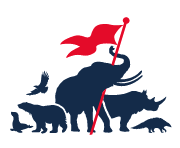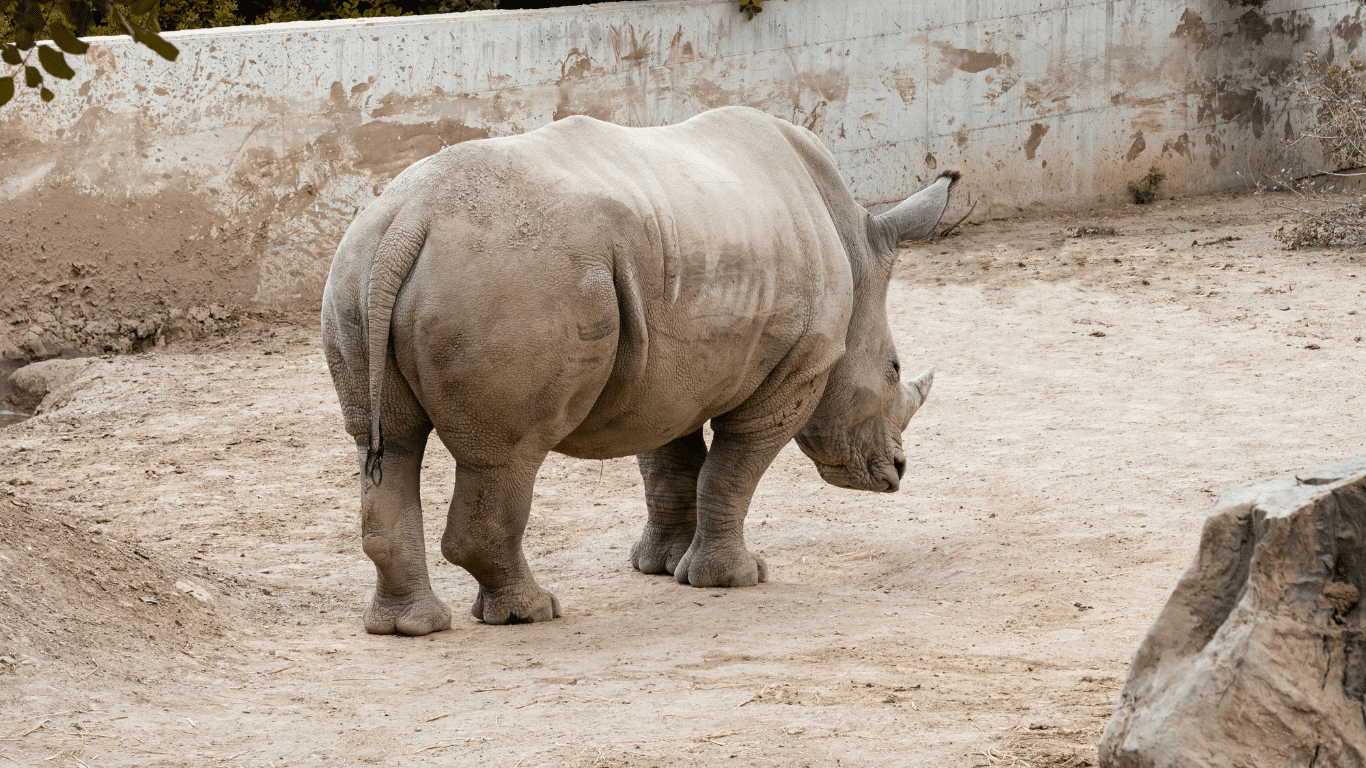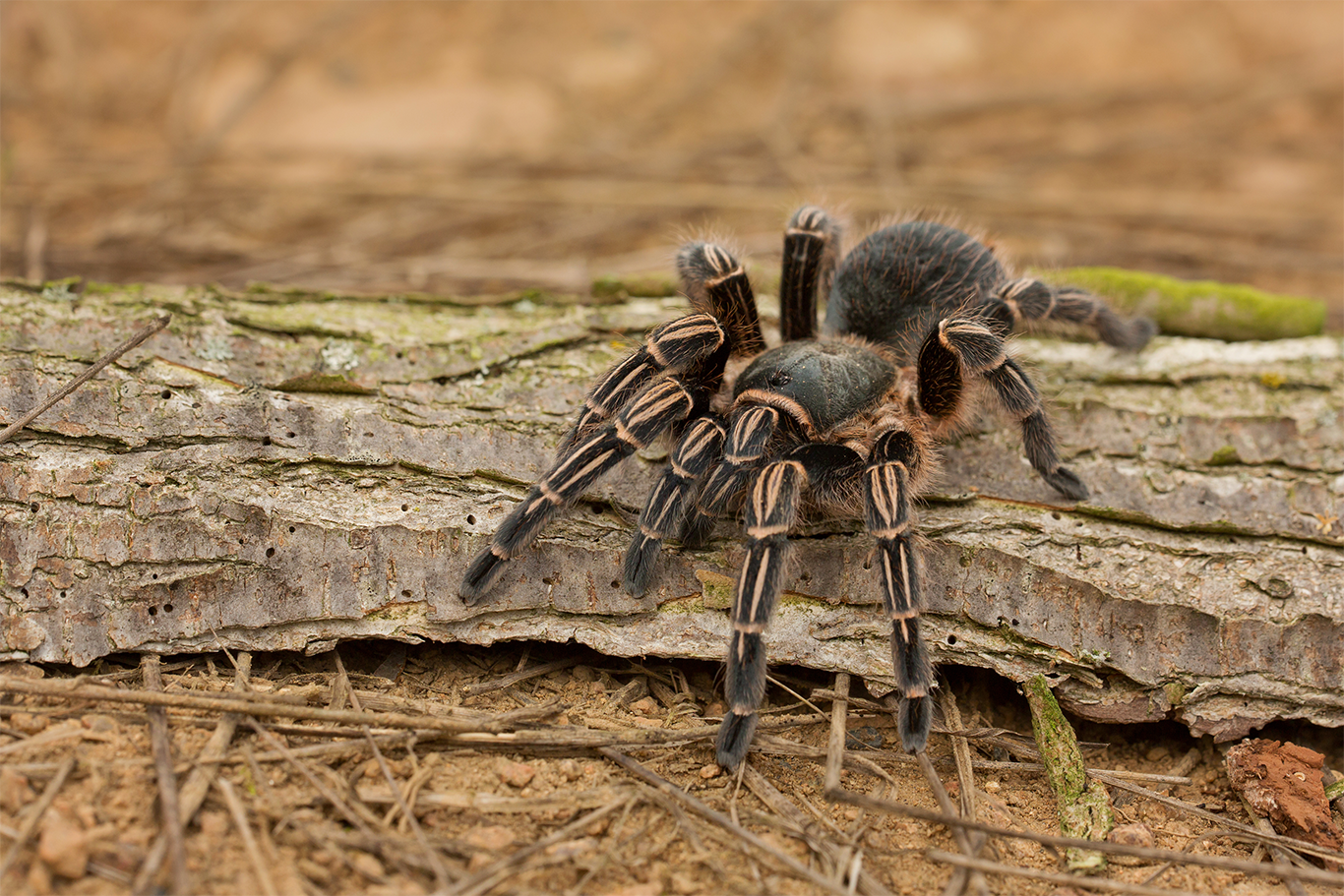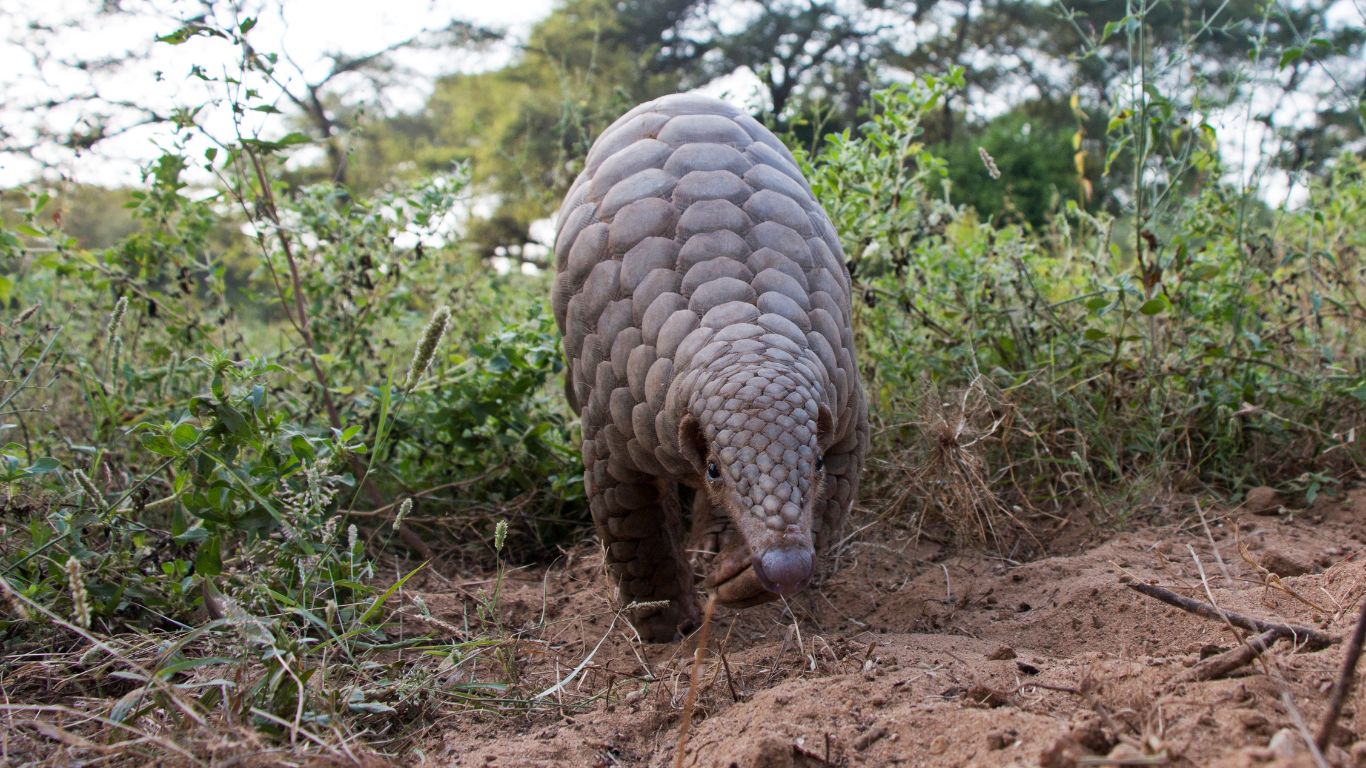Article written by Don Pinnock
Originally published by Daily Maverick (Mar 30, 2024)
After nearly a decade of inquiries, reports and a parliamentary colloquium, the government has approved an end to captive breeding of lions and rhinos.
Cabinet has agreed to end the controversial captive breeding of lions and rhinos. It approved a Policy Position submitted by Environment Minister Barbara Creecy to close lion facilities and end commercial exploitation of lions and ‘canned’ hunts.
Cabinet also agreed to phase out intensive management and captive breeding of rhinos and to enhance the conservation of wild leopards. It also agreed to limit the live export of lions, elephants, leopards and both rhino species to only habitats within Africa. This effectively curbs the growing Asian demand for zoo specimens.
On the export of rhino horn and ivory, the policy says South Africa would work to support international trade, only when “conditions became favourable”. It does not specify what these conditions are, but does provide a local platform upon which the contested CITES ban on export can be debated. It says there is “no immediate intention to trade in rhino horn.”
According to a media statement by the Department of Forestry, Fisheries and Environment, the policy “will transform practices within the wildlife industry that are not conducive to animal well-being and promote conservation and sustainable use of biodiversity in general, and these species in particular.
“This will enhance South Africa’s position as a megadiverse country and leader in the conservation and sustainable use of these iconic species.”
The policy is the result of nearly a decade of inquiries, reports, a parliamentary colloquium and increasing local and international abhorrence of ‘canned’ lion hunting which was highlighted in a shocking film flighted in 2015 called Blood Lions.
These inquiries include the Rhino Committee of Inquiry (2015), the Parliamentary Portfolio Committee Lion Colloquium on lion breeding (2018), the High-Level Panel Report on lions, rhinos, elephants and leopards (2021) and the White Paper on Conservation and Sustainable use of South Africa’s Biodiversity (2023).
More recently, the collapse of rhino farmer John Hume’s breeding programme left the fate of around 2,000 rhinos at risk until it was saved through a purchase for relocation by the NGO Africa Parks. The fate of his considerable stockpile of horns is unknown.
The acceptance of the Policy Position coincides with the release for discussion by the Environment Department of a Biodiversity Economy Strategy. This proposes to grow areas under conservation — called mega living conservation landscapes — from 20 million hectares to 34 million hectares by 2040, an area equal to seven Kruger National Parks.
The strategy envisages an increased focus on tourism in these landscapes as well as more Big Five animals available for fair-chase trophy hunting.
It also envisages an expansion of recreational and traditional hunting, wild meat harvesting and fishing, and the increased use of indigenous plants and insects for food. The plan massively extends areas under a form of protection.
The banning of captive-bred lion farming raises the issue of what to do with around 10,000 lions. A departmentally appointed panel has been discussing this since its appointment last year and its recommendations are due for release shortly.
Captive-bred lions cannot be rewilded because of genetic inbreeding, poor condition of many and because lions are social animals which are taught to hunt and survive in open systems by a pride.
There seems to be three options: euthanise, open them for hunting or fund their care in sanctuaries. It’s likely that a mix of these solutions will be considered.
The Policy Position calls for enhanced conservation of wild rhinos and elephants under private, community and state ownership, an acknowledgement that private ownership of wildlife – unique to South Africa – has been a conservation success story. It makes a clear distinction between intensive wildlife farming and wild ranching, which would include private game reserves.
It says the captive lion industry involves intensive and selective breeding, handling, hunting of captive or captive-bred lions and lion bone and other derivative trade. “This threatens South Africa’s reputation as a leader in the conservation of wildlife and as a country and destination with iconic wild lions.
“Although some operators may implement acceptable standards of welfare, there are major animal welfare contraventions in the industry in general. This policy objective seeks to ensure duty of care towards lions.”
The Policy spells out the steps required:
- Halt domestication of lions in controlled environments;
- End exploitation of captive and captive-bred lions;
- End the captive breeding of lions, including through sterilisation;
- Close captive lion facilities;
- Develop an exit process in respect of the disposal of lions in existing captive facilities;
- Monitor the impacts on breeding of other cat species, and ensure that poor lion practices are not transferred to other species;
- Improve security for wild lions to prevent a shift to illegal killing for derivatives from wild lion populations;
- Expand the number and distribution of extensive wildlife systems containing free-roaming lions;
- Address the future employment of workers in the industry;
- Develop enabling regulatory tools for ending the keeping, breeding, handling, and trade in captive lions and their parts and derivatives, hunting of captive and captive-bred lions and establishment of new captive lion facilities.
Implementing these actions, says the Policy Position, will result in closure of the captive lion industry.







